The Blighia sapida, or ackee fruit, is a deadly tropical exotic that is used as a national identification marker in Jamaica and was named after William Bligh. Bligh, a British naval officer and colonial governor, sent an ackee plant from Jamaica to Kew Gardens in England in 1793. There, botanist Charles Konig (Konig angli cized his name from Karl König or Koenig) formally named ackee. Acke is a member of the soapberry family, or Sapindaceae, in the plant kingdom.
Table of Contents
What is ackee?
The ackee, a member of the soapberry family, is a delicious and nutritious fruit. The fruit is yellow on the outside and turns a vivid scarlet when mature; the trees that bear them are evergreen. It has three distinct pods on the outside and golden flesh on the inside. The aril, or yellow meat, is edible. The pods burst apart, revealing the seeds and the spongy flesh around them, as the fruit ripens. Just twice a year may ackee trees bear fruit. The tree was brought to the Caribbean by slave ships from West Africa. Thomas Clarke, who first planted ackee trees in Eastern Jamaica in 1778, is credited with popularising the fruit, which went on to become Jamaica's national fruit. Plants of this type can be found all over the Caribbean, although commercial production is centred in Jamaica. Jamaican farmers markets sell it fresh, but other countries sell it canned in brine. When the ackee fruit is fully mature, it is perfectly safe to eat, but before then, it is extremely deadly. The deadly "sapoins" it contains are responsible for the "Jamaica-vomiting sickness" symptoms. Between 100 and 200 grammes is the weight of the fruit. Butter ackee, so named because it melts easily like butter, and cheese ackee, so named because it retains its shape when cooked, are the two types of ackee.
When prepared, ackee takes on the characteristics of a vegetable rather than a fruit. A popular Jamaican meal, "Ackee and Saltfish," combines ackee with salted cod. Ackee fruit takes on the flavour of scrambled eggs when prepared in this manner.
Ackee plant description:
The ackee tree, which may reach heights of 10-12 metres, is a perennial evergreen that does best in full sun or light shade and grows best in rich, wet loamy soils but also does fine on sandy or calcareous surfaces. It features a dense crown of outwardly spreading branches and a small trunk that is 1.8 m in circumference. The leaves are alternate, pinnately compound, and have three to five pairs of oblong, obovate-oblong, or elliptic leaflets that are 15 to 30 centimetres long, have an obtuse base, and an acuminate apex. The upper surface of the leaves is glossy and bright green, while the lower surface is dull and paler and has fine hairs along the prominently raised lateral veins.
Ackee fruit description:
It has the form of a pear and begins its life a vibrant green, transforming into a vibrant yellow-orange when it is fully mature. Three huge, shining black seeds are contained within the ripe fruit's split flesh, which is white to yellow and has a soft, creamy or spongy texture. Its edible yellow aril is what the fruit is called. Pink or orange-red membranes join the bottom of each aril to the "jacket" at the stem's end. The Ackee's fruit is inedible. The seeds themselves are inedible, but the mushy arils that surround them are delicious. The fruit's pulp and seeds are equally toxic. After the fruit has naturally opened, select it while it is still crisp and not overripe. Ackee is toxic at all stages of its development. Tender arrilli are typically added towards the end of cooking, when the ackee has turned from a creamy yellow to a bright orange. The subtle flavour of fruit is reminiscent of scrambled eggs.
Health benefits of Ackee:
Helps in Hypertension:
Those with high blood pressure might consider upping their potassium intake. The 270 milligrammes of potassium included in one serving of Ackee is equivalent to 5.74 percent of the daily value, so adding it to your regular diet is a great way to get more of this essential mineral. Potassium's vasodilatory effects lessen the workload placed on the heart and blood vessels, reducing the risk of atherosclerosis and other vascular diseases.
Packed with protein:
One of the most important aspects of a balanced diet is protein, and receiving that protein from a tasty fruit like ackee is fantastic. Protein is essential for the repair and maintenance of cells, muscular tissue, and other vital bodily structures and functions, hence it is essential that we consume sufficient amounts of this nutrient on a regular basis. Although its protein level is impressive for a fruit, ackee is not typically celebrated for it.
Boosts energy level:
The vitamin B3 found in ackee fruit is the body's "primary vitamin," and it plays a crucial role in converting food into glucose and, on the flip side, producing energy and macromolecules.
Moreover, the vitamin has been shown to lower blood cholesterol levels and enhance blood flow throughout the body.
Protects against scurvy:
Fruits are rich in vitamin C, an antioxidant that helps prevent scurvy and strengthen the immune system.
The Ackee fruit's vitamin C content plays an important role in the prevention of bleeding gums, bruising, and other dental health issues.
Stimulates the Formation of RBCs (Red Blood Cells):
Its high iron content is essential for the body to make red blood cells and transport oxygen effectively. Because of its iron content, fruit is also useful for warding off anaemia, which occurs when the body doesn't get enough of the mineral.
It's also a good source of folic acid, which is used to treat many types of anaemia because to its role in red blood cell synthesis.
Vitamin C, which is present in ackee fruits, facilitates the body's uptake of the iron found in the fruit. For this reason, they all contribute to the enhancement of the body's red blood cells.
Keeps heart healthy:
In addition to its crucial role in cardiovascular health, ackee fruit is also noted for having zero cholesterol content and lowering blood cholesterol levels. The linoleic and stearic acids it contains are beneficial.
Due to the presence of unsaturated fats, which reduce the risk of numerous heart problems and diseases by controlling cholesterol levels, this component makes it appropriate for the heart.
To reduce the risk of cardiovascular disease, stroke, and atherosclerosis, this fat helps the body get rid of some of the saturated fats it produces naturally.
How to eat ackee?
- The arils, or seeds, of mature fruits can be eaten raw or used in a variety of recipes.
- The fried arils of a ripe fruit have the consistency of scrambled eggs and a nutty flavour.
- Arils are eaten after being parboiled in salted water or milk and then briefly cooked in butter. The seeds are thrown away.
- In Jamaica, they are frequently prepared with cod fish, onions, and tomatoes.
- They are added to a beef and salt-pork stew together with onions, thyme, and other seasonings shortly after parboiling.
- There are times when they are served with curry and rice.
- When the arils are ripe, they are processed in brine, canned, and shipped all over the world.
- In Africa, they are consumed in a variety of raw, cooked, and fried forms.
- In Benin, ripe arils are either eaten whole as a snack or used in place of sesame seeds or peanuts in sauces.
- Also, arils can be fried in either peanut or palm oil.

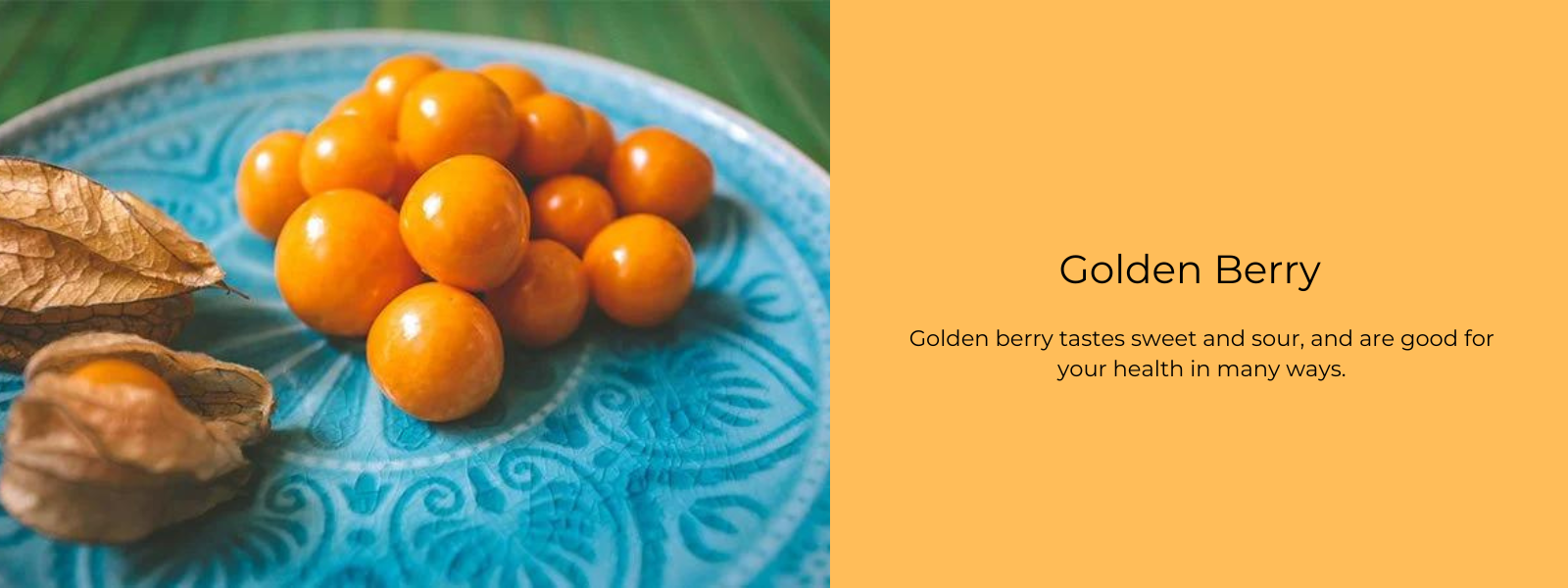
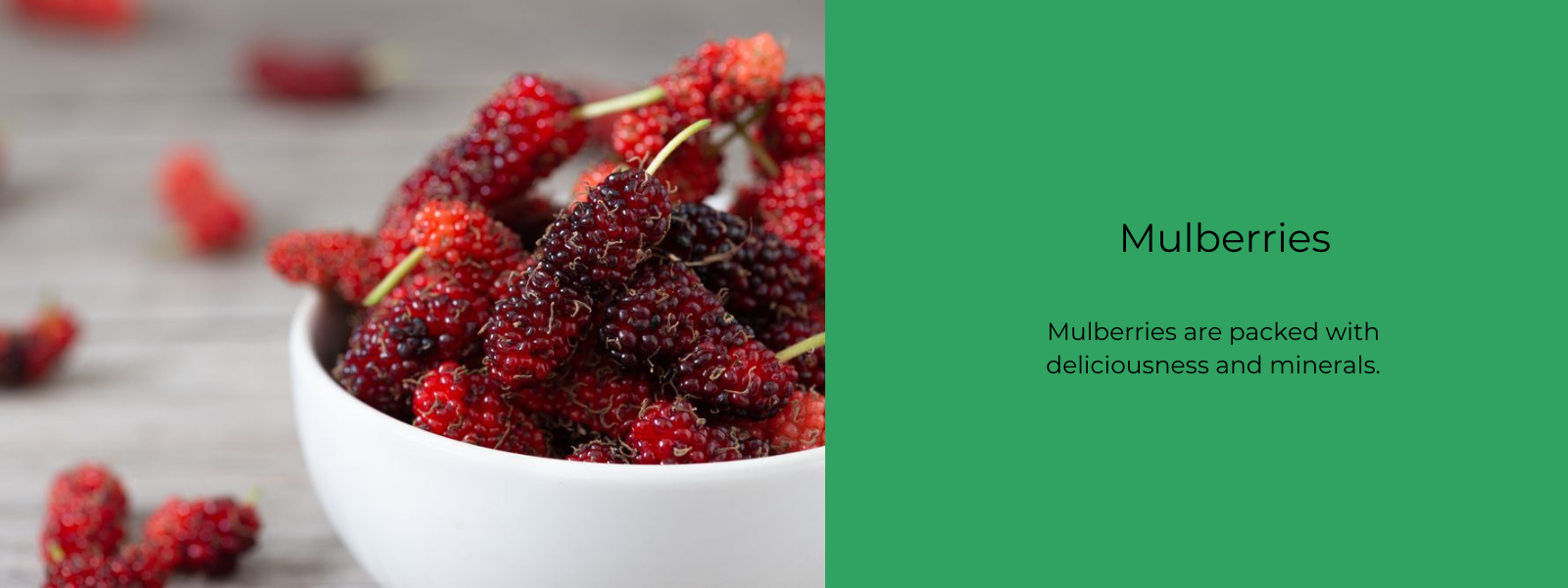
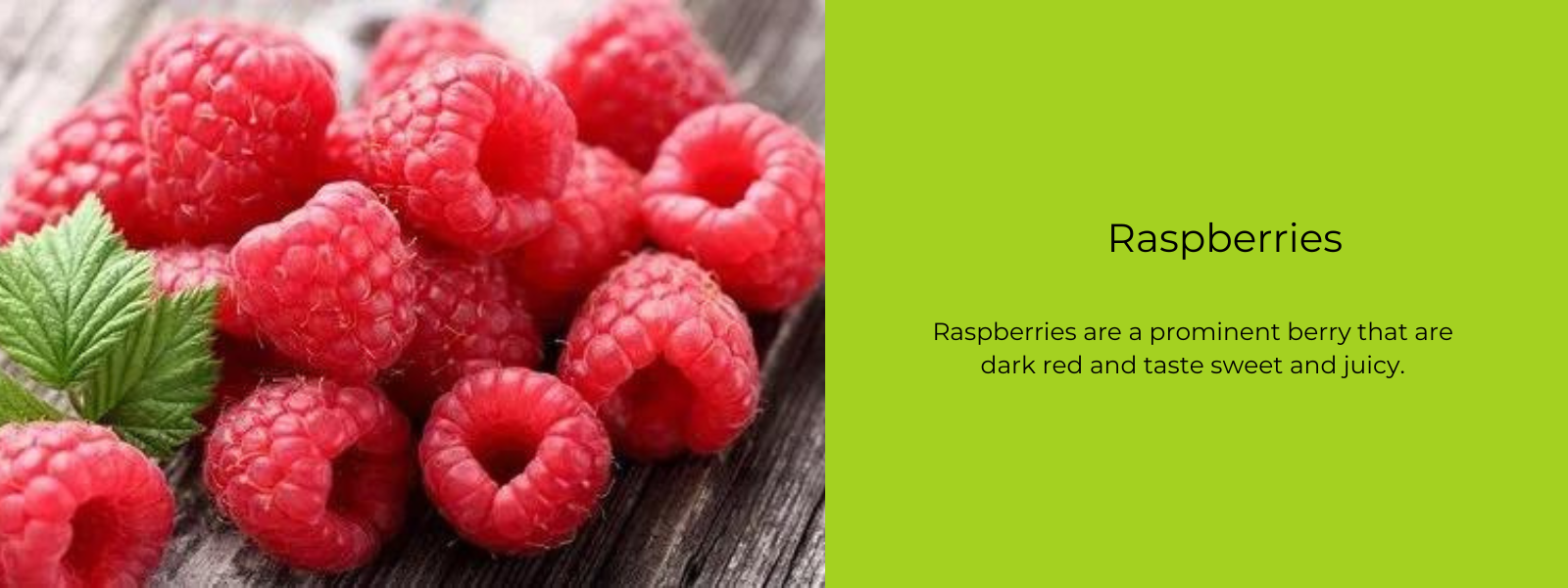
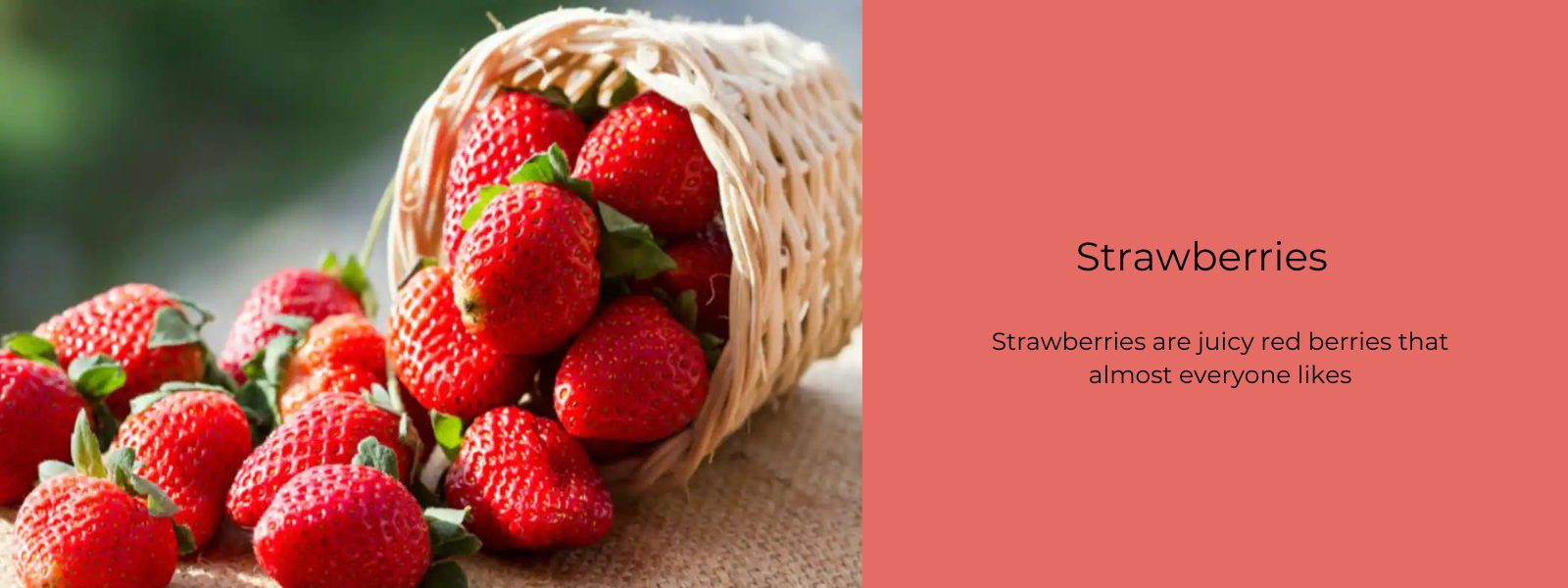
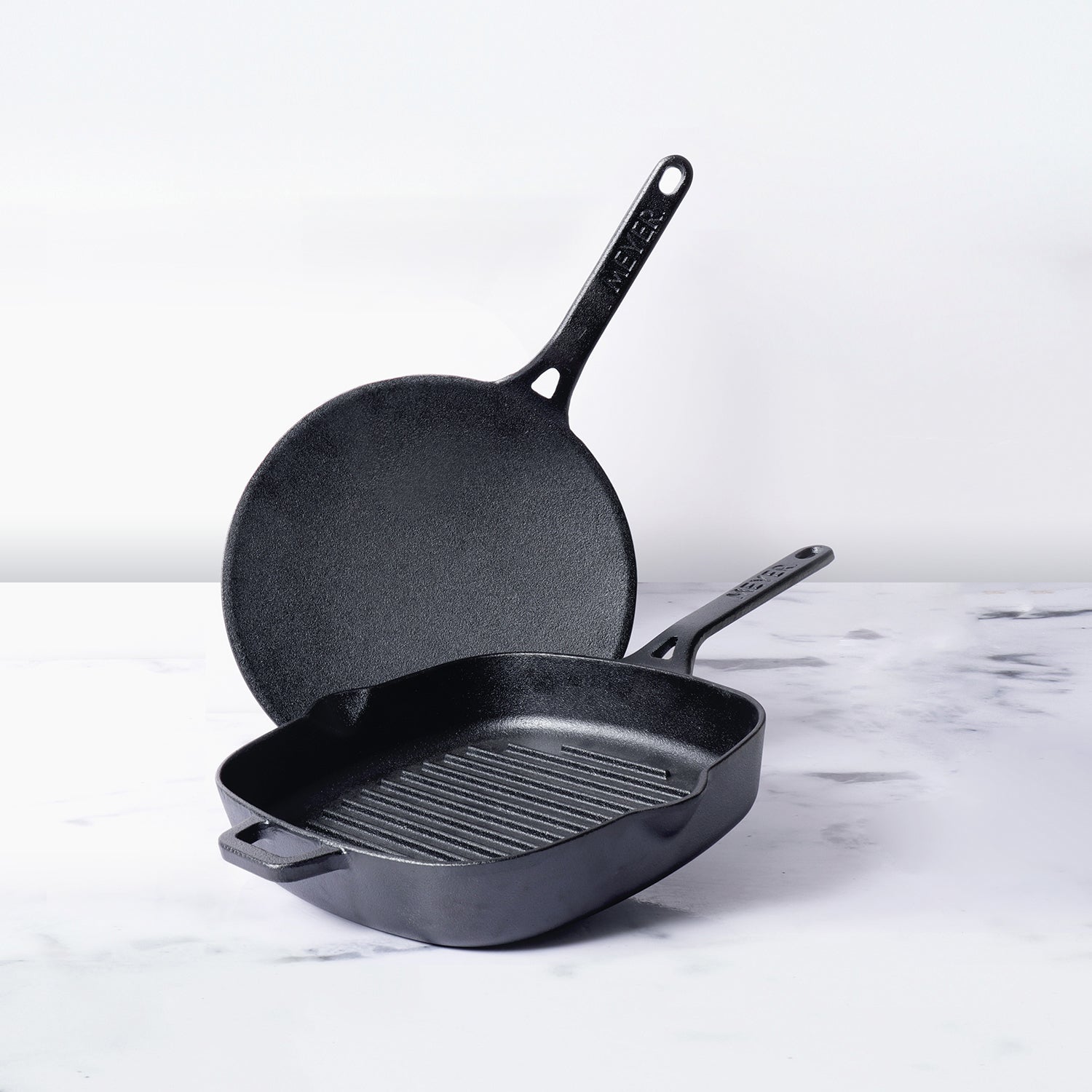
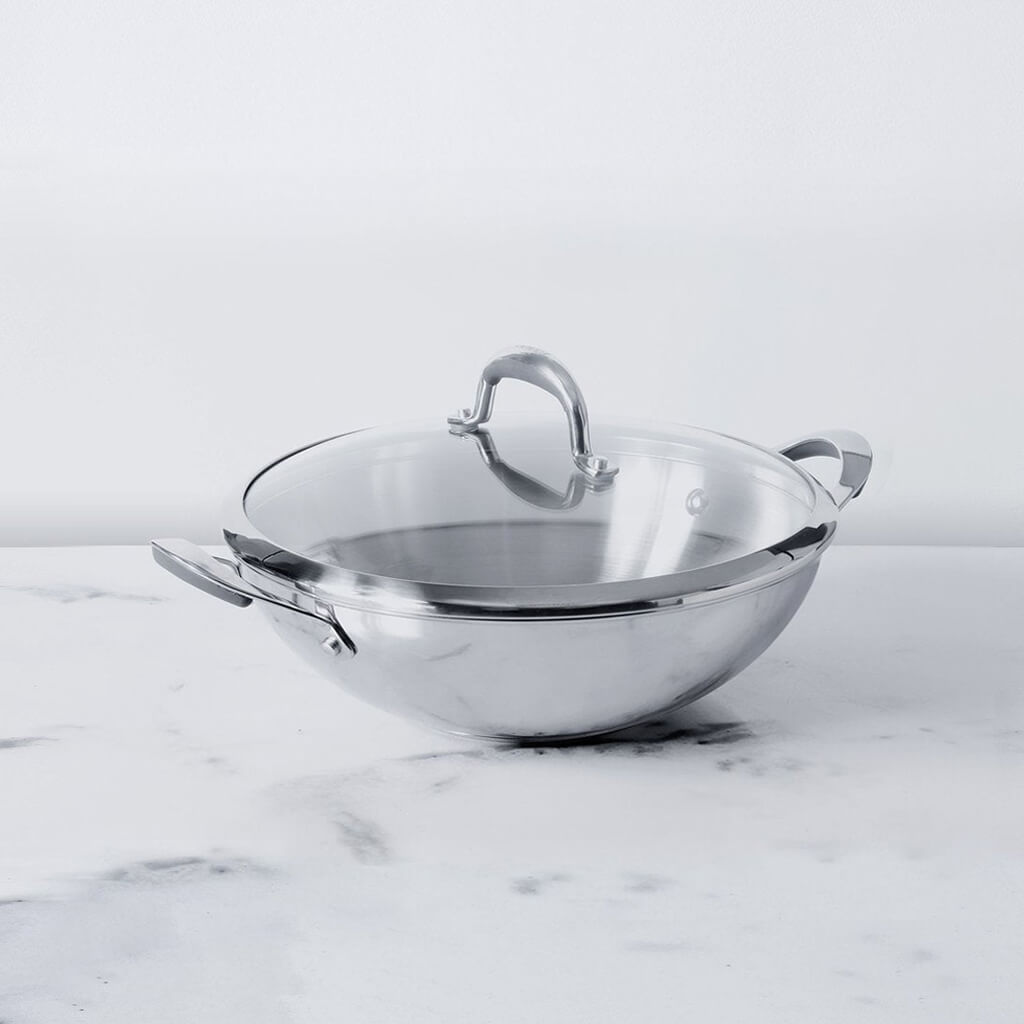




Leave a comment